Types Of Data Analytics, Which Type Of Data Analytics Have To Do
Hello guys, welcome back to our blog. In this article, we will discuss types of data analytics, and which types of data analytics you have to do, we will also explain in detail with examples of different types of data analytics.
If you have any electrical, electronics, and computer science doubts, then ask questions. You can also catch me on Instagram – CS Electrical & Electronics.
Also, read:
- Data Analytics Life Cycle, All Stages Involved While Processing Data.
- Tools For SEO Search Engine Optimization, How To Do SEO.
- Difference Between List, Tuple, Set, And Dictionary In Python.
Types Of Data Analytics
Data Analytics
Data analytics encompasses the control of the complete data lifecycle comprising collecting, polishing, organizing, saving, examining, and administering data. Concerns the development of methods that allow data analysis to occur within the use of extremely scalable distributed technologies and frameworks that are competent in analyzing huge volumes of data from diverse sources.
There are four types or categories of analytics that are characterized by the results they deliver:
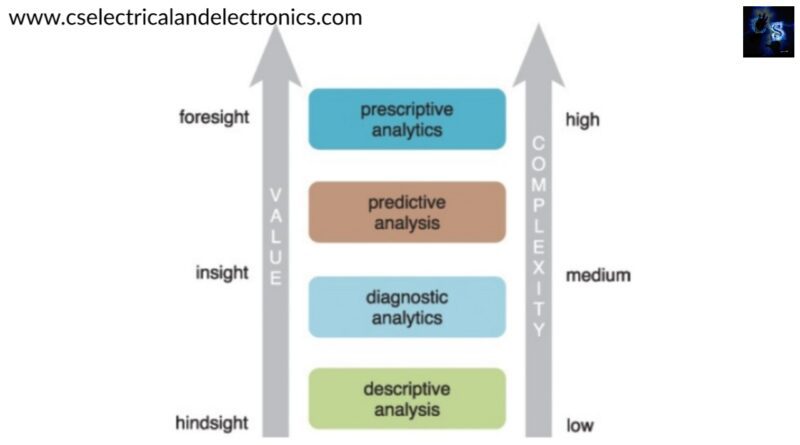
- Descriptive analytics
- Diagnostic analytics
- Predictive analytics
- Prescriptive analytics
Value and complexity are rising from descriptive analytics to prescriptive analytics as displayed in the above image.
01. Descriptive Analytics
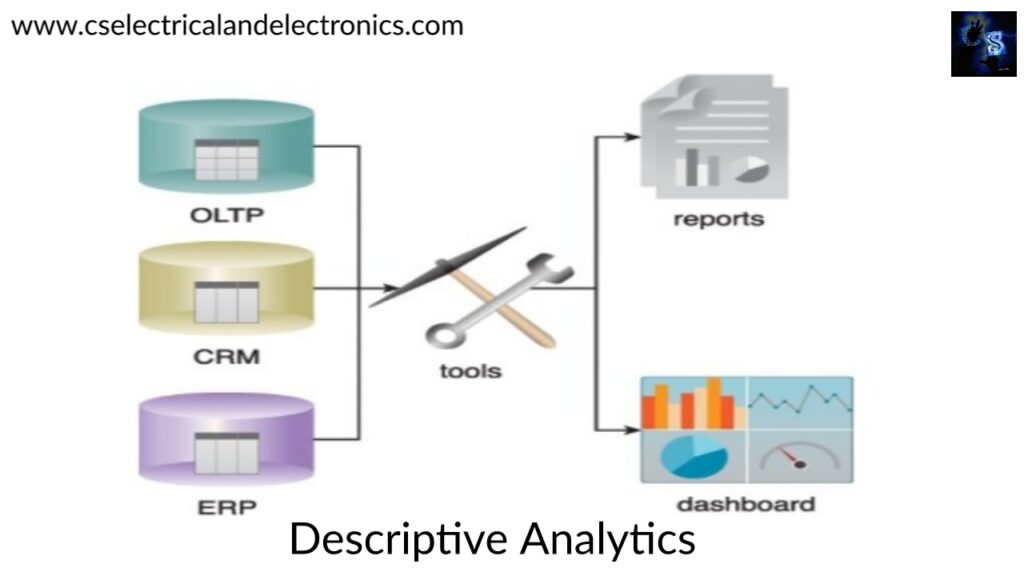
Carried out to answer inquiries about issues that have previously occurred. Contextualizes data to create information. Example questions include:
- What was the sales quantity over the past 12 months?
- What is the amount of support calls received as classified by severity and geographic location?
- What is the monthly payment earned by each sales agent?
Value-wise, descriptive analytics give the least worth and need a relatively basic skill set. Usually carried out through ad-hoc reporting or dashboards. Reports are usually static in nature and display historical data that is displayed in the form of data grids or charts. Questions are executed on operational data stores, for example, an Enterprise Resource Planning (ERP) system or a Customer Relationship Management system (CRM).
02. Diagnostic Analytics
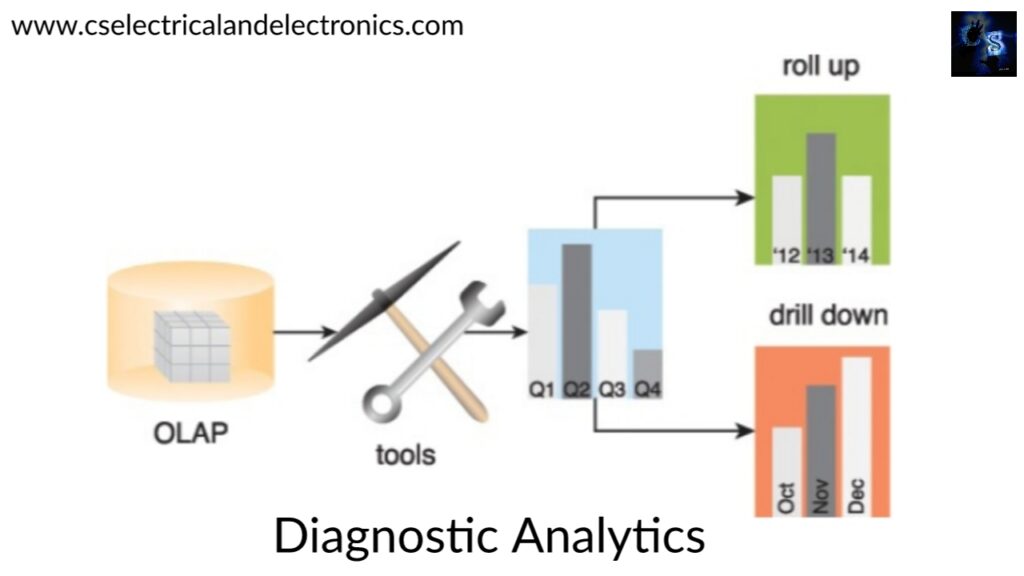
Aim to discover the cause of a miracle that happened in the past using issues that focus on the purpose behind the event. The goal is to discover what data is related to the phenomenon.
Sample questions include:
- Why were Q2 sales smaller than Q1 sales?
- Why have there held more support calls arising from the Eastern region than from the Western region?
- Why was there an expansion in patient re-admission rates across the past three months?
Give more value than descriptive analytics but need a more excellent skill set. Normally need to collect data from multiple sources and store it in a structure that allows it to perform drill-down and roll-up analysis. Analytics results are observed via interactive visualization tools that enable users to recognize trends and patterns. The executed inquiries are more complex compared to descriptive analytics and are delivered on multidimensional data.
03. Predictive Analytics
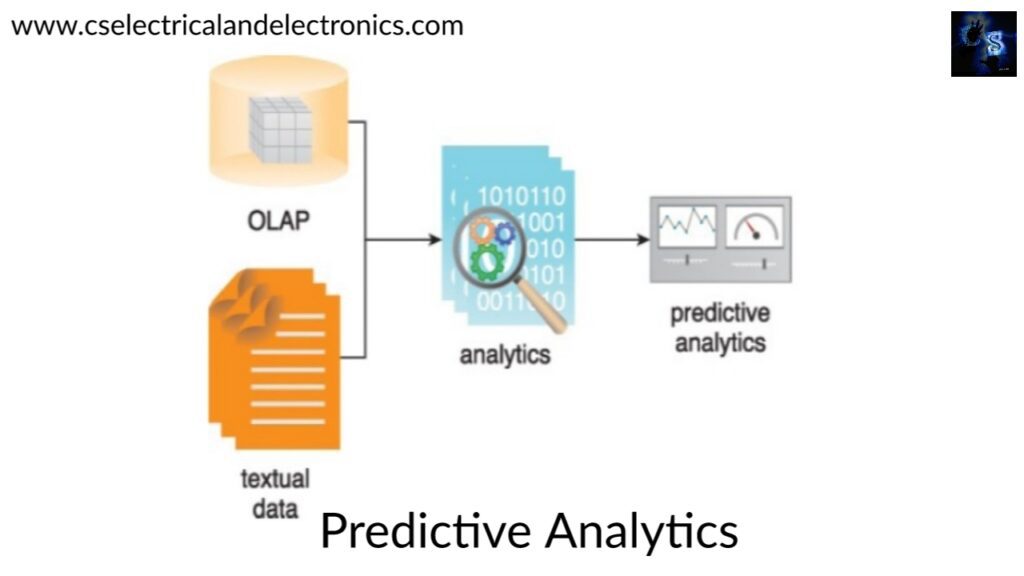
Taken out to discover the outcome of an event that might happen in the future. Models generate future predictions based on prior or past events. Models have certain dependencies on the conditions under which the past events happened. If the underlying circumstances change, the models that make predictions require to be updated.
Sample Questions include:
- What are the possibilities that a customer will default on a loan if they have missed a monthly payment?
- What will be the patient survival rate if Drug B is administered rather than Drug A?
- If a customer has bought Products A and B, what are the chances that they will also buy Product C?
Includes the use of large datasets and different data analysis techniques. Grants greater value and needs a more advanced skill set than both descriptive and diagnostic analytics.
04. Prescriptive Analytics
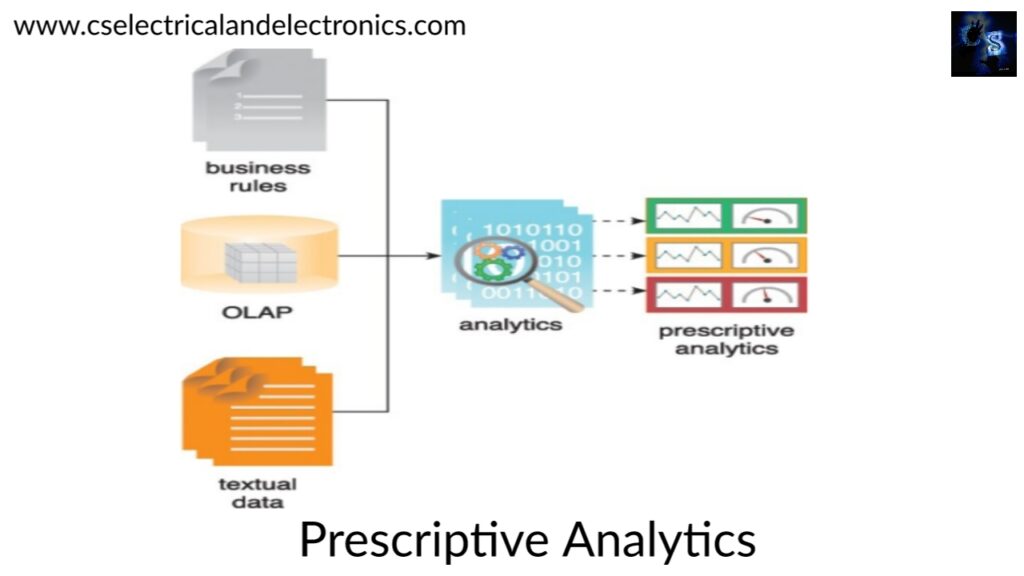
Made upon the results of predictive analytics by prescribing actions. Produce results that can be reasoned about, as they embed elements of situational understanding. Can be utilized to gain an advantage or moderate risk.
Sample questions may include:
- Among the three drugs, which one gives the best results?
- When is the best time to purchase a particular stock?
Prescriptive analytics present more value than any other kind of analytics and correspondingly need the most excellent skill set. Several outcomes are calculated, and the best course of action for each outcome is suggested. The approach changes from explanatory to advisory. Include the use of business rules and huge amounts of data to simulate outcomes and guide the best course of action.
This was about types of data analytics. I hope this article may help you all a lot. Thank you for reading.
Also, reading:
- 100+ C Programming Projects With Source Code, Coding Projects Ideas
- 1000+ Interview Questions On Java, Java Interview Questions, Freshers
- App Developers, Skills, Job Profiles, Scope, Companies, Salary
- Applications Of Artificial Intelligence (AI) In Renewable Energy
- Applications Of Artificial Intelligence, AI Applications, What Is AI
- Applications Of Data Structures And Algorithms In The Real World
- Array Operations In Data Structure And Algorithms Using C Programming
- Artificial Intelligence Scope, Companies, Salary, Roles, Jobs
Author Profile
- Chetu
- Interest's ~ Engineering | Entrepreneurship | Politics | History | Travelling | Content Writing | Technology | Cooking
Latest entries
 All PostsApril 19, 2024What Is Vector CANoe Tool, Why It Is Used In The Automotive Industry
All PostsApril 19, 2024What Is Vector CANoe Tool, Why It Is Used In The Automotive Industry All PostsApril 13, 2024What Is TCM, Transmission Control Module, Working, Purpose,
All PostsApril 13, 2024What Is TCM, Transmission Control Module, Working, Purpose, All PostsApril 12, 2024Top 100 HiL hardware in loop Interview Questions With Answers For Engineers
All PostsApril 12, 2024Top 100 HiL hardware in loop Interview Questions With Answers For Engineers All PostsMarch 22, 2024Driver Monitoring Systems In Vehicles, Working, Driver Sleepy Alert
All PostsMarch 22, 2024Driver Monitoring Systems In Vehicles, Working, Driver Sleepy Alert








